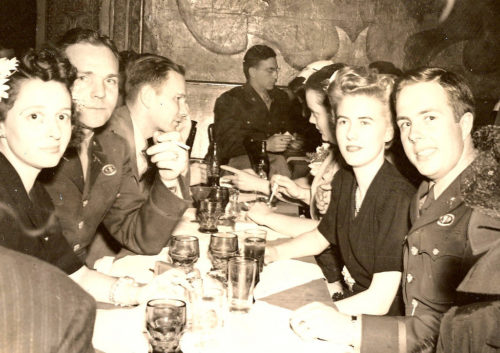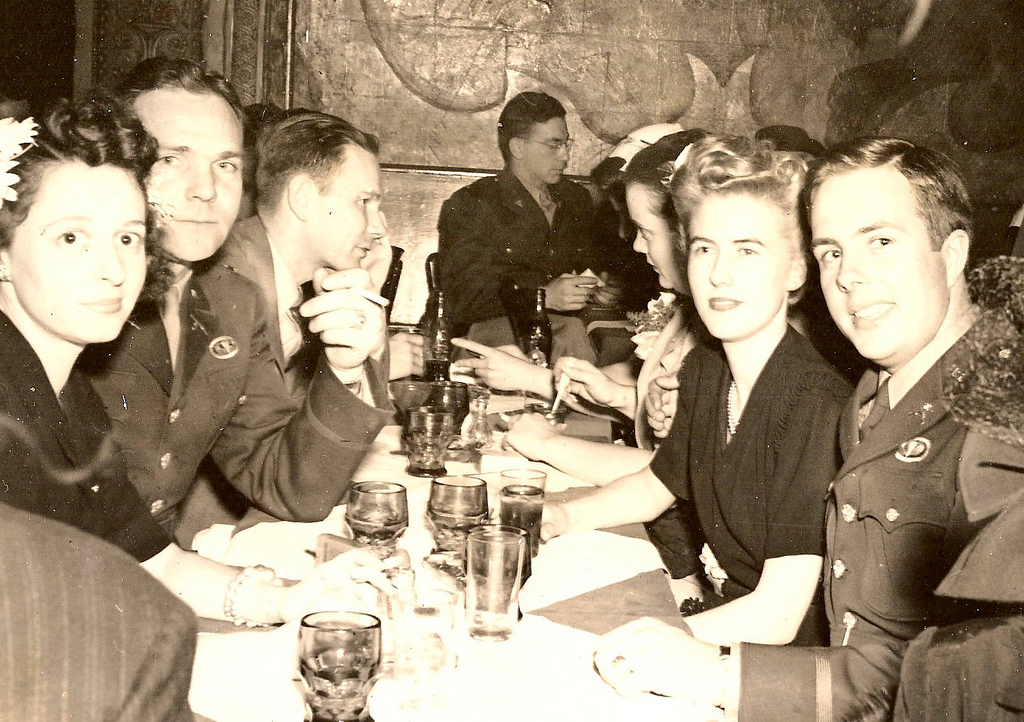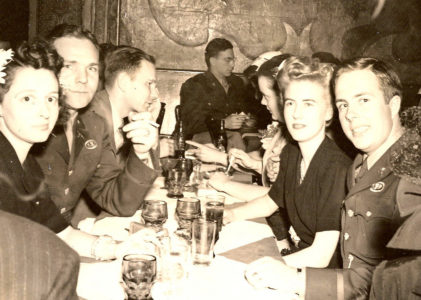Another exclusive behind-the-music story from the staff and management of Angels Grace Hospice.
They would come to be known as the Greatest Generation. As school kids, they’d lived through Prohibition and survived the Great Depression.

As teens, they’d help a broken America get back on its feet and build its sprawling national park system as members of FDR’s Civilian Conservation Corps.
Then, as thirty-somethings, they’d remake the American social landscape entirely by developing hundreds of thousands of miles worth of little green patches of heaven-and-family that would, in time, be known as suburbia.
In between, however, is where that remarkable generation of kids would truly leave their mark on the world. Because they were the generation who, as twenty-somethings, and at great personal sacrifice, crushed Hitler and brought Hirohito to his knees – in the process, liberating Europe, defeating the Axis powers, and keeping the world safe for democracy.
Hundreds of thousands of them – the vast majority, men – fought and died for people overseas that, frankly, most of them would never know or even meet.
While nearly as many – the bulk of them women – would find it in themselves to undo their apron strings, leave the comfort of home, and march off to factories from Maine to California, where they’d then manufacture and feverishly assemble the tanks, planes, jeeps, warships, and other weaponry that would make victory in World War II possible.
And while history now remembers the music of that generation as deeply romantic, and a collection of ballads sung from the perspective of the many young soldiers, seamen and flyboys who’d left their families and best girls behind them to fight and perhaps even die in places like Europe and the South Pacific – tunes like White Cliffs of Dover, I’ll Be Seeing You, Don’t Sit Under the Apple Tree and I’ll Be Home for Christmas – the simple fact is, that generation of young Americans was as tempered and forged in fire as any in history.
And they did almost everything they did hard. They lived hard. They worked hard. They fought hard. Many drank hard. And, certainly, most of them loved hard.
As such, the sound that perhaps most defines them as a generation was the raucous, often pulsing brand of dance music that served as an essential building block of their formative years, a span of time that soon became known as the Swing Era.
And of all those juking and jiving popular songs of the late 30’s and early 40’s, one in particular – or, should we say, one recording in particular – truly captures those kids at their most passionate, and most willing to lose themselves in the moment and dive in headfirst.
Sing, Sing, Sing was a jumping rave of a number written by big band leader and comedian Louis Prima. Crackling with energy, the song’s true brilliance was the fact that it compelled the band – much like, say, an Army platoon in the heat of combat – to work together as unit. But when the time came, it also created opportunities for certain members of that unit to rise up, seize the moment, and show the world what he or she could do if given the chance.
Written in 1936, the song was laid down a year later by the Benny Goodman Orchestra in a Hollywood studio. What was unique about Goodman’s recording was the fact that, while most records of the day were arranged to wrap up in under three minutes, to fit on one side of a 78 RPM “single,” Goodman’s version – one that called for multiple solos by multiple members – clocked in at a whopping eight and a half minutes and was split onto two sides of the same record.
Because Goodman’s hit take on Sing, Sing, Sing virtually defied anyone within earshot to not get up and dance, it also became the centerpiece of his live shows.
Which brings us to today’s song.
Goodman and his boys – while, perhaps, not the biggest or most popular band of the era, yet maybe its most talented and electrifying – gave what would prove to be a landmark performance at Carnegie Hall in January of 1938, a celebration of self-expression and jazz improvisation that was then recorded and released as an album.
The live version of Sing, Sing, Sing on that album – one that took the eight and a half minutes of Goodman’ original arrangement and blew it apart entirely – was over twelve minutes in length and managed to capture magic on vinyl, as one player after another that cold and snowy night stood up and played a blistering solo that would, in many ways, define him as an artist.
And driving each was the ferocious backbeat being provided by a savage and completely untethered Gene Krupa, a presence on the Carnegie Hall recording and a guy whose performance helped establish him, far and wide, as music’s very first superstar drummer.
So, with that, Angels Grace asks you to sit back, sample our website some and learn just a bit about who we are and what we do. While doing so, please enjoy the Spotify list we’ve assembled for you, one we’ve called The War Years.
And, please special pay attention to one song, in particular, a song – a recording – that for our money captures the essence, if not the power and the passion of a group of youngsters we honor with this entry; a group of kids who – because of who they are and what they did at a time when the world needed them most – history now calls simply, the Greatest Generation.
. . . .
You’ll need a Spotify account to listen to this full playlist otherwise you can skip through the previews below.


